How Electric Hybrid And EV Power Figures Could Get Confusing
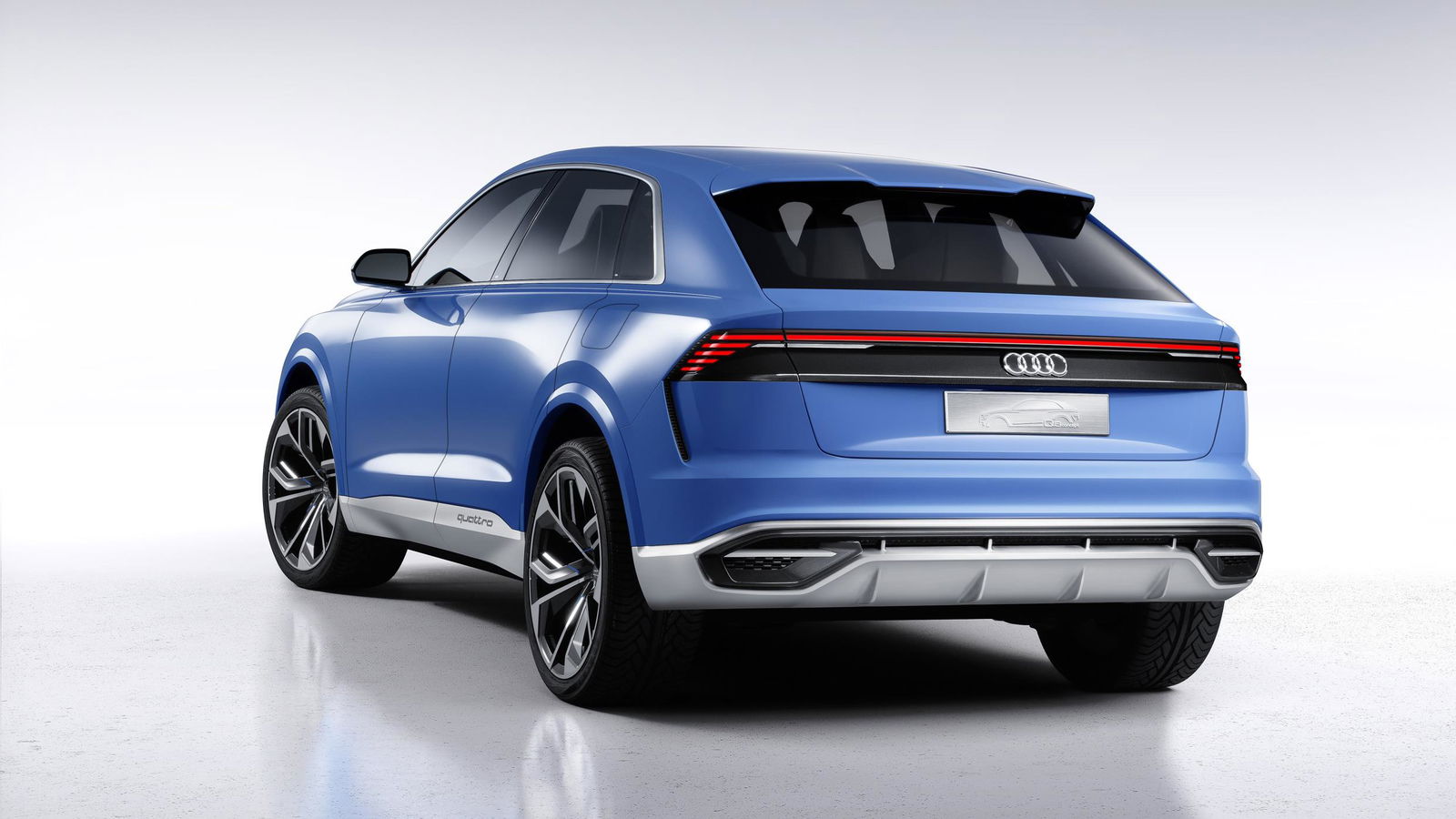
The Audi Q8 concept recently took to the stage at the Detroit Auto Show, pitching itself as an aggressively-faced sport hybrid SUV. With virtually every car manufacturer having delved somewhat into hybrid powertrains by now, it seems like the automotive community is comforting its way into electrification. However, a particularly interesting aspect of the Q8 concept specifically is the power figures that Audi has quoted.
Like most electric-hybrid cars these days, the manufacturer will state an internal combustion power figure, an electrical battery power figure and then sum them together into one impressive output that amounts to this 0-60mph time and that much mpg. But take a look at Audi’s stats and there seems to be a slight discrepancy; the 3.0-litre V6 (329bhp and 369lb ft), plus the electric motor (134bhp and 243lb ft) only seem to amount to a 443bhp and 516lb ft total.
That happens to be 20bhp and nearly 100lb ft short of the two values summed together. So what’s going on?

The powertrain in the Q8 is what’s known as a series-parallel hybrid system. This means that both the internal combustion engine and the battery/electric motor combination come together to drive the wheels, but they can also be isolated to use solely electric power in slow-driving situations via and engine cut-off system.
This is different to the series hybrid system found in something like the BMW i3, where the internal combustion engine is used only as a generator for the electrical system. The other option is a purely parallel hybrid powertrain which uses both power sources to create their own power but links them together constantly to the wheels, combining their outputs through a gearing system for drive.
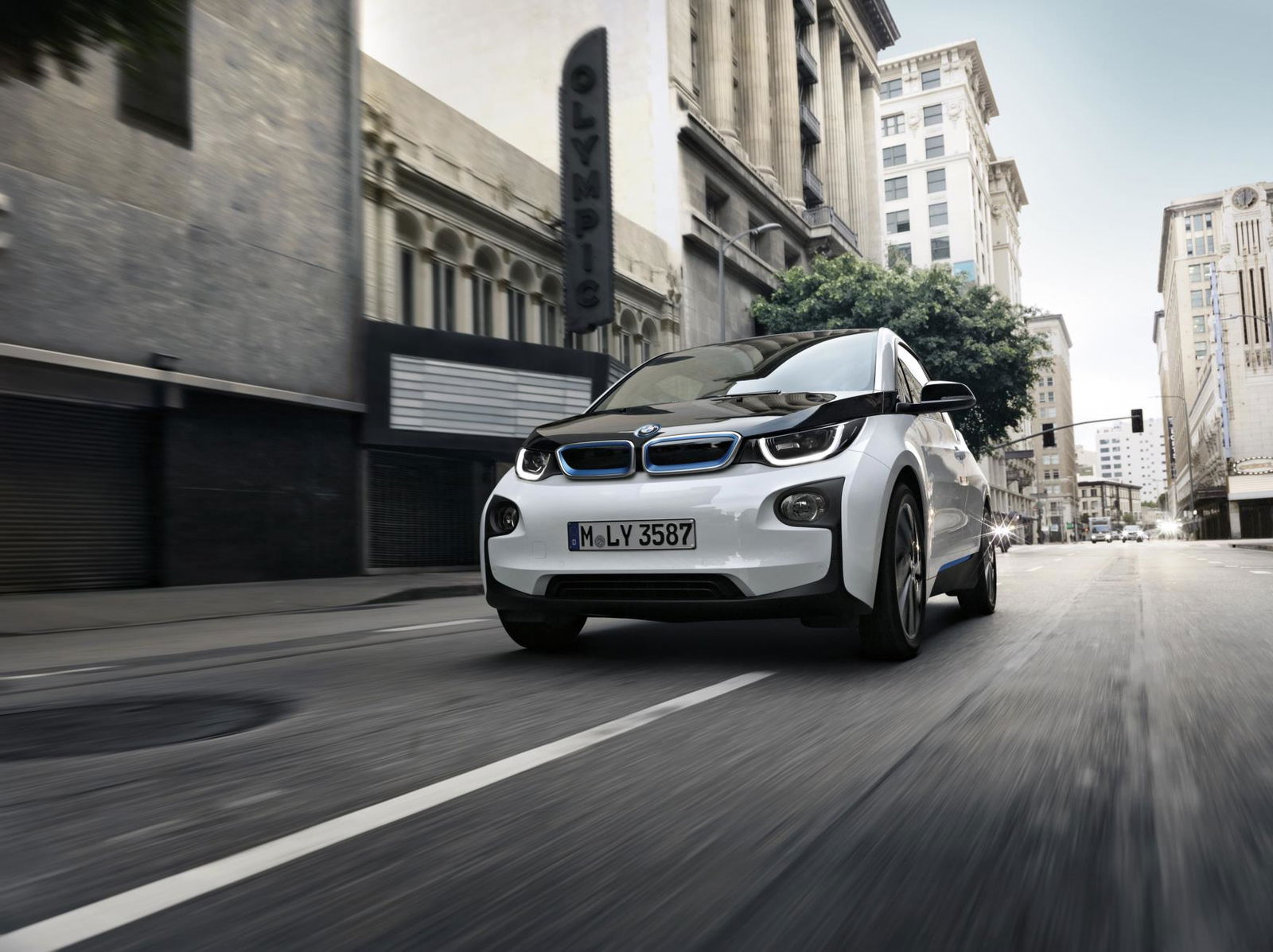
A series-parallel hybrid system (like in the Audi) has multiple energy transfer components within it (as seen below) to create the desired drive. These ultimately will never transfer 100 per cent of the original power from batteries or the engine due to inevitable inefficiencies. For example, Audi has strapped its eight-speed transmission to the powertrain which will create losses from friction, heat and sound energy. The electric source will also have to send its energy through an electric motor and a power splitter or converter before it reaches the wheels, with each stage also causing the same form of losses.
Once both sources of drive are engaged during acceleration, the different characteristics of internal combustion and electric drive then start to become apparent. The electric motor spins up to its maximum torque output extremely quickly, leaving the internal combustion engine behind as it explores upwards into its rev range.
This results is the peak outputs from both sources occurring at different times, with the electric motor peaking before the engine. The electric motor will then begin to decrease in output as the IC engine reaches its maximum torque figure, creating a small deficit. So the merging of the two systems is not optimised to efficiently combine the two original power figures, leading to that slight ‘decrease’ in the final output.
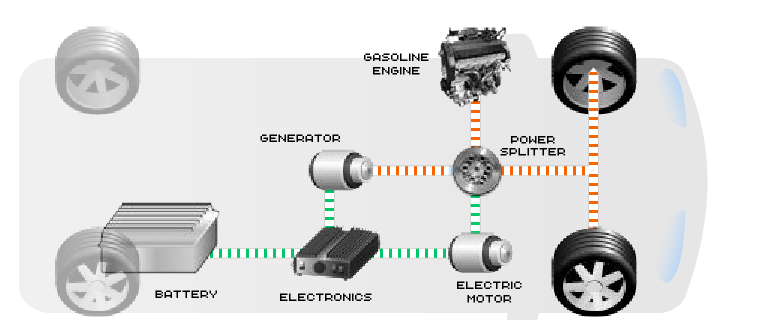
The efficiency of the unification of hybrid powertrains will always dictate how much of the original battery and engine power makes its way to the tarmac. And considering the recent shift towards electrical power for the ancillary components in a car, less of the battery/electric motor output will be reaching the wheels.
Take Mercedes for example. They’ve recently proposed a 48V battery to support its up and coming straight-six engines to appear in the S-Class, E-Class and G-Class respectively. This massive battery is designed to replace all the serpentine belts used to power the ancillary components under the bonnet (i.e. waterpumps, power steering pump, alternator). This allows more IC power to be focused purely on producing drive to the wheels rather than suffering from inevitable parasitic losses from the greedy belts that rotate in-tandem with the crankshaft.
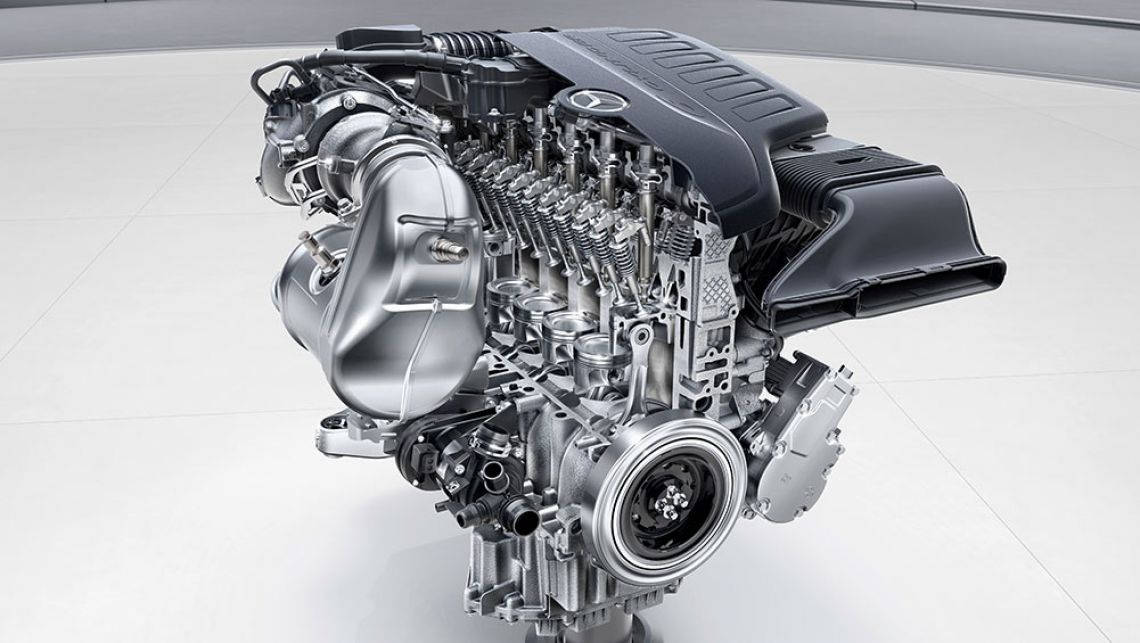
Power figures may then start to become complicated in this new age of electricity, much in the same way that horsepower and BHP can muddle even the most stringent of petrolheads. Thankfully, units will probably stay universal with kW or kWh (Kilowatt hours) when it comes to batteries.
But the amount of power that is fully transferred to the wheels may provide a source of confusion, especially if manufacturers use original power outputs before combinations and losses. For hybrids where both power sources are quoted, manufacturers and journalists alike will need to be careful not to simply add up power outputs from each and consider the possible inefficiencies at hand.

Hybrid manufacturers should follow the route of Audi and others of stating the true power figure after electric and IC have been combined. Simply summing two original power values together may be the correct method for certain vehicles due to how they use their electric power sources, but in some cases it would provide a slightly false value.
By stating the battery pack and electric motors specs and converting them to a BHP figure, the scope for energy consumption by other systems is not stated as well as the efficiency of integration with the mated IC engine, which could potentially lead to a similar issue as Tesla had to resolve with suspect power figures in the Model S. And we thought BHP and PS was tough!
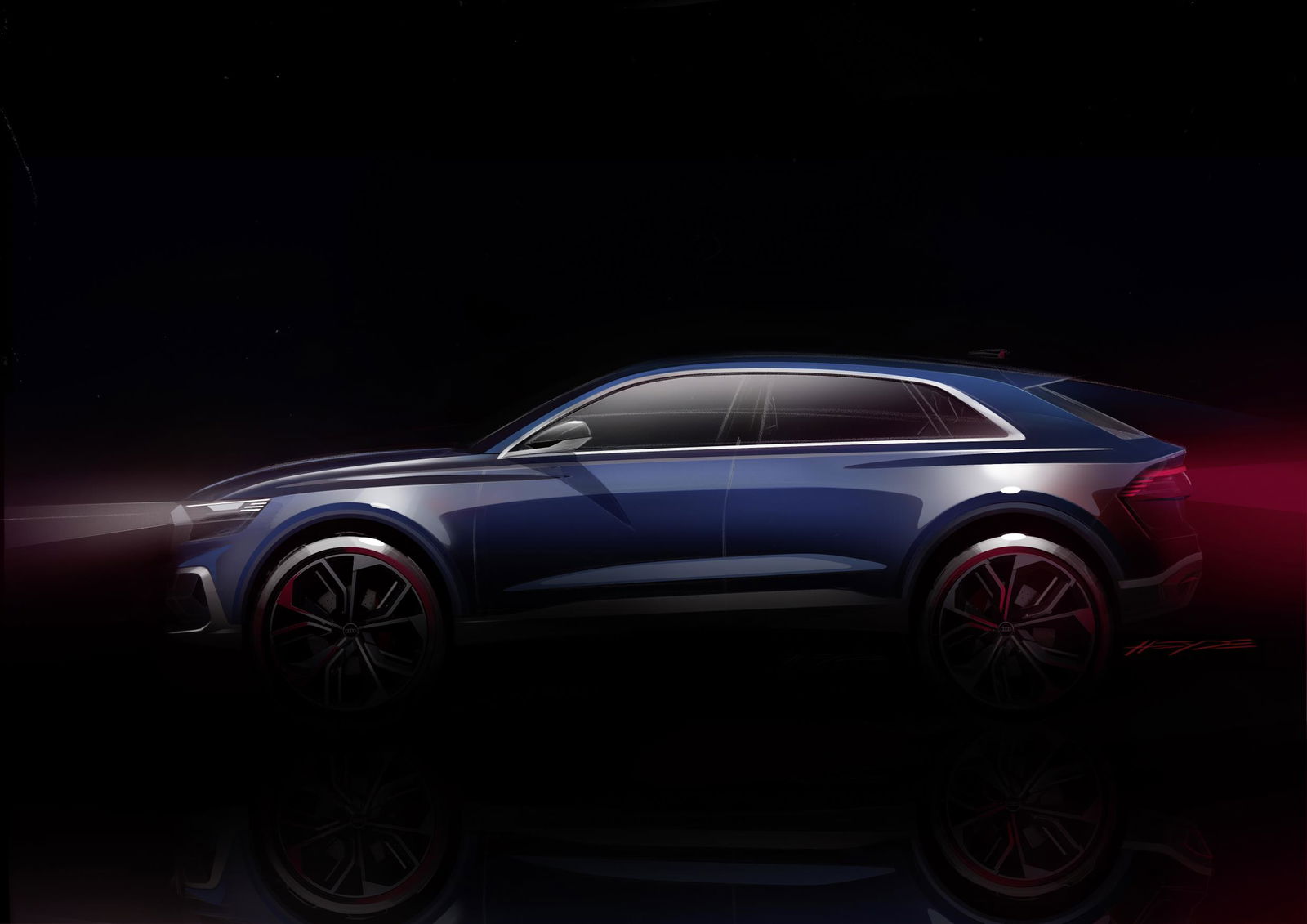
How do you feel about the move towards electrification? Will you be happy talking about the kWh output of your car in 10 years time? How do you think manufacturers should unify the power figures from their hybrid and EV vehicles? Comment with your thoughts below!
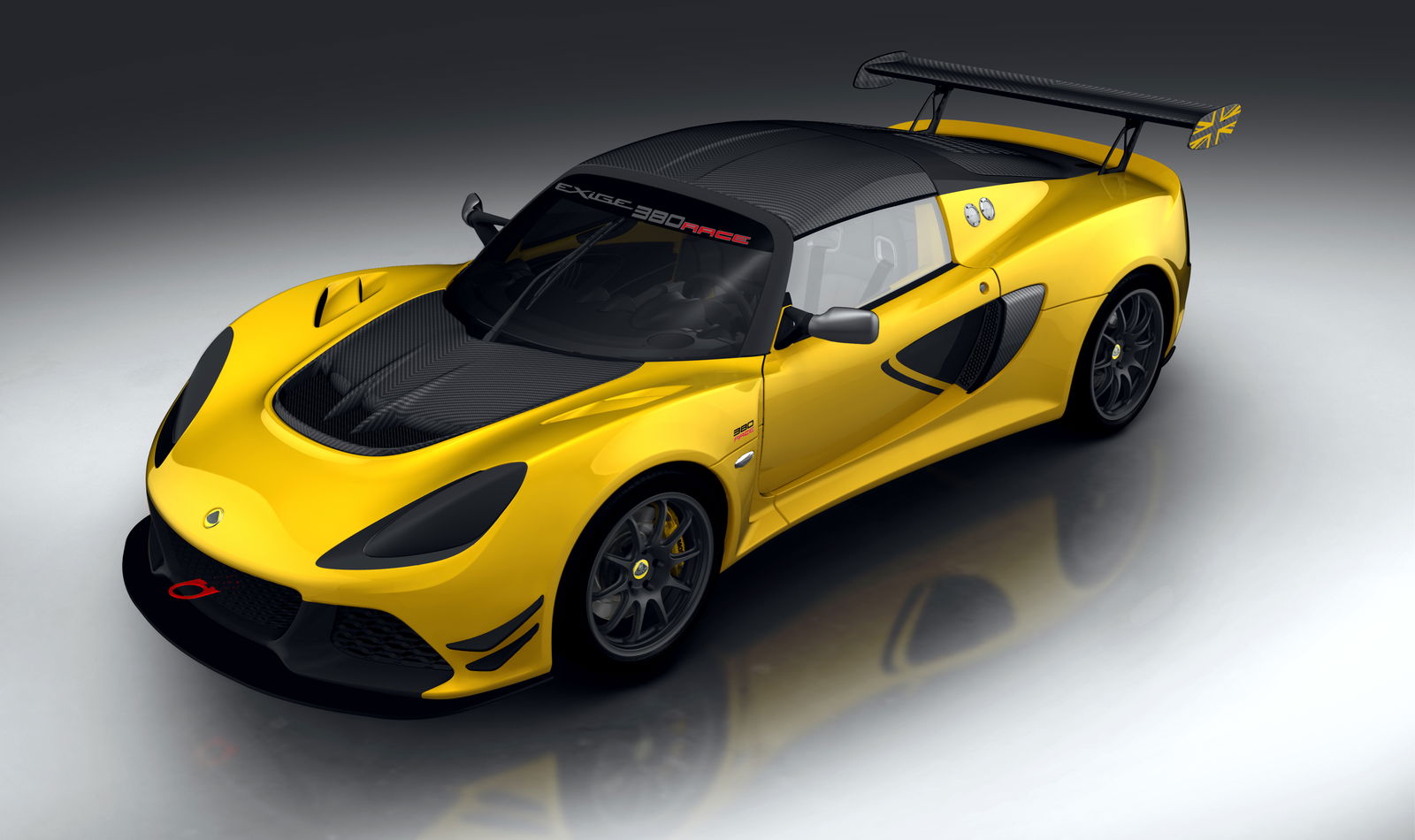
Comments
Thanks for these ELECTRIFYING info.
electrifying/shocking/.. comments coming in
How to avoid EV and Hybrid confusions:
I’m hoping there will still be cars focused on performance rather than comfort and luxuries.
A better depiction of this would be of the Holy Trinity.
It began with NOx emissions, and now its power figures, VW group back at it again with the number “discrepancies”
This isn’t new. The Regera has 1479hp (1500PS), but add the separate components and you get something closer to 1800hp.
Best way to measure
http://www.porsche-mania.com/wp-content/uploads/2011/04/chassis-dyno-test-2011-Porsche-911-GT2-RS_004.jpg
I’m at an in-between on the whole EV vs Hybrid vs IC power-train discussion. I HAVE ridden in a Tesla model s 85 and it was amazing. I’ve also gotten to drive a 2012 (I think it was a 2012) Dodge Challenger and that was awesome as well. They’re both good in their own way. As far as hybrids go, having a purely electric drive-train and a gas engine for extra power generation (Such as with the BMW i3 and i8) is probably the best “mass production” method of hybrid engineering. I say “mass production” because of exceptions such as the McLaren P1 and the Porsche 918. Anyways, there must be a compromise somewhere so we can “Save teh Polah Bears!” and still “Kill All Tires!” Any other opinions?
Whatever, still prefer the IC engine. Can someome make a car that oxygen/hydrogen/petroleum gas or even water powered engines? That will be great rather than just fully electric, since it had no sound (just tyre screeching anyway).